Story by Rita Goldman | Photography by Ryan Siphers
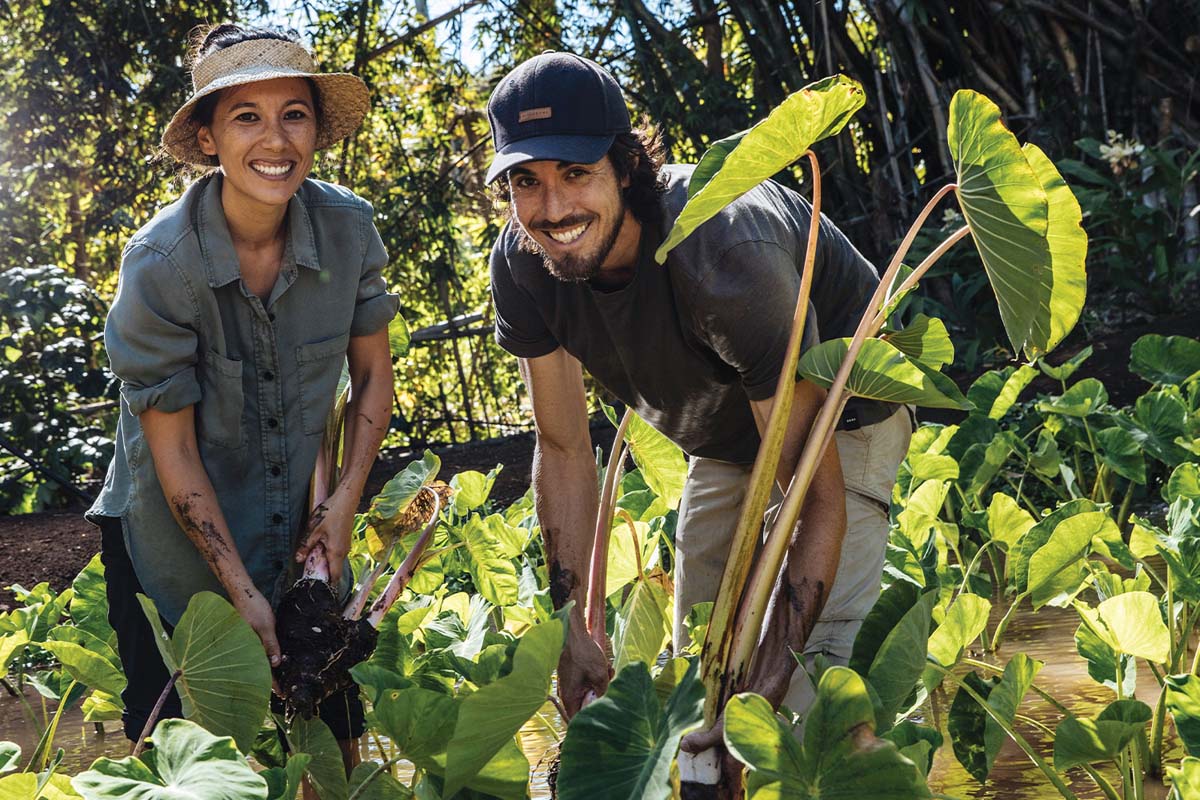
“My whole life I was looking for ways to be Hawaiian,” says Lehia Apana.
This, from a young woman who grew up on Maui and has Hawaiian genes.
“I studied the language, paddled outrigger canoes, joined a hālau hula [hula school] — I enjoyed those activities, but none of them gave me the deep connection I was searching for,” she says. “I felt I was failing as a Hawaiian. Then I found farming, and everything changed.”
I’ve known Apana since 2013, the year she joined Maui Nō Ka ‘Oi as managing editor. She is one of the best writers I’ve had the pleasure to work with, and also is the last person I’d have expected to give up her dual passions of travel and journalism to become a farmer — let alone one who follows millennia-old practices.
“When I was 18, I couldn’t wait to get away from Maui,” she says. “I was so disconnected from the ‘āina [land]. Now you couldn’t pull me away.”
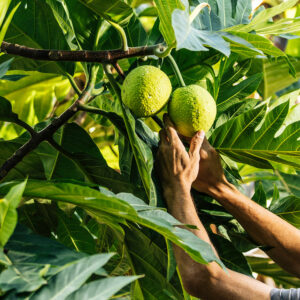
It’s mid-August, 2021, when I visit her at Polipoli Farms. As we walk amid stands of niu (coconut) palms and ‘ulu (breadfruit) trees, Apana confesses that, prior to purchasing the land, she’d never grown anything more than a vegetable garden. Nor had her husband, Brad Bayless, a former construction-project manager. So why the big, unlikely leap?
Actually, it began really simply,” she says. “About a decade ago, we started a garden in the backyard. I had no intention of giving up writing, but growing became a bigger and bigger part of our lives. Eventually, Brad and I decided to farm [full-time].”
By chance, they found a property in Waiehu, northwest of Wailuku, that came with a house, a cottage … and an imposing jungle. “Everything had been taken over by invasives,” she says. “There was even a tree growing out from under the house!”
The couple spent roughly two years clearing the land, a process that would have taken longer, if not for Apana’s father. “My dad loves any reason to chainsaw something!” she says, laughing. “What we found underneath shocked us: lo‘i kalo.”
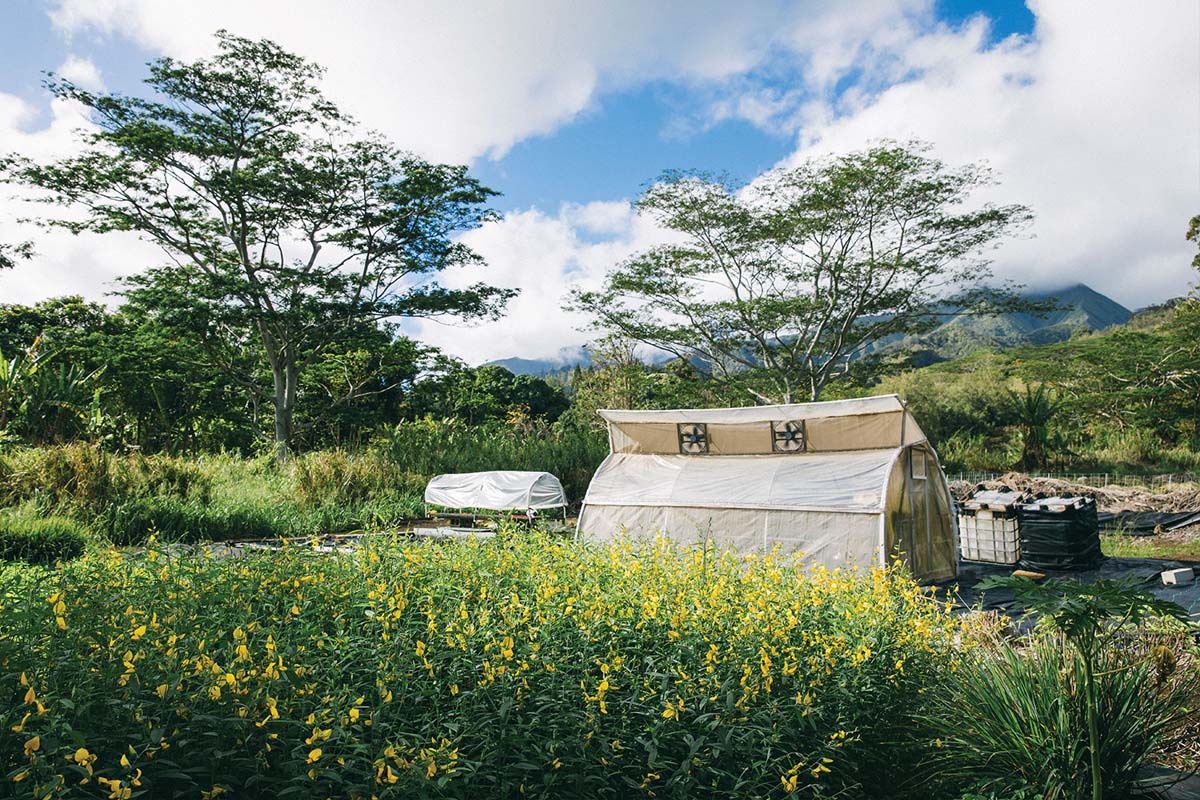
These stepped terraces where Hawaiians used to grow kalo (taro) are part of Nā Wai ‘Ehā, “The Four Great Waters” — Waihe‘e River, Waiehu Stream, Wailuku River and Waikapū Stream — that spilled from the windward slopes of Mauna Kahalawai, West Maui’s mountain. At one time, these waters irrigated more than 3,000 acres, that was the most productive contiguous kalo-producing region in Hawai‘i for centuries.
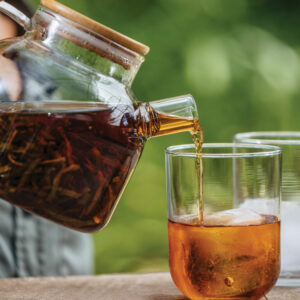
Apana gestures toward a patch of māmaki, an endemic nettle from which Hawaiians brew a medicinal tea, and talks about the farm’s other plantings — kalo, of course, mai‘a (banana), kō (sugar cane) — all of them indigenous or “canoe crops.”
“As my ancestors traveled across the Pacific in their sailing canoes, they carried with them the plants they needed for survival,” she says. “Now, it makes sense to grow them for our own survival.”
How the food is grown matters, too. Apana and Bayless practice agroforestry, a method that mimics nature by combining layers of plants such as ground cover, shrubs, trees and vines. “Everything in the ecosystem supports everything else,” she says. “There’s also an underground network of fungi that helps plants connect with one another. They’re the internet of the plant world.” Scientists believe this subterranean communication allows plants to help each other, sharing water and other nutrients.
Agroforestry also offers a reconnection with history.
“It’s one of the earliest forms of agriculture in the Pacific, dating back some 3,500 years,” says Apana. “That’s thousands of years of ‘ike kūpuna [ancestral knowledge] passed down through the generations. Before Western contact, Hawai‘i was the most isolated island chain on Earth, yet it sustained a population roughly the same size as today’s. In modern Hawai‘i, we import 85 to 90 percent of our food; my ancestors had a resilient food system. We can’t say that today.”
Yet, indigenous crops weren’t in the couple’s original plan.

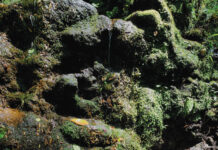
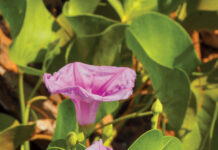


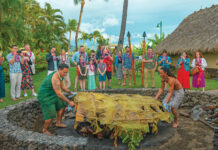
I’m an artist and a sea captain and ran a charter Business for 8 years off Maui to Molokini . Best years of my wife and I! Now I want to place some advertising in the Maui magazine ! I was also the first Catholic deacon on Maui in St Theresa’s Church .